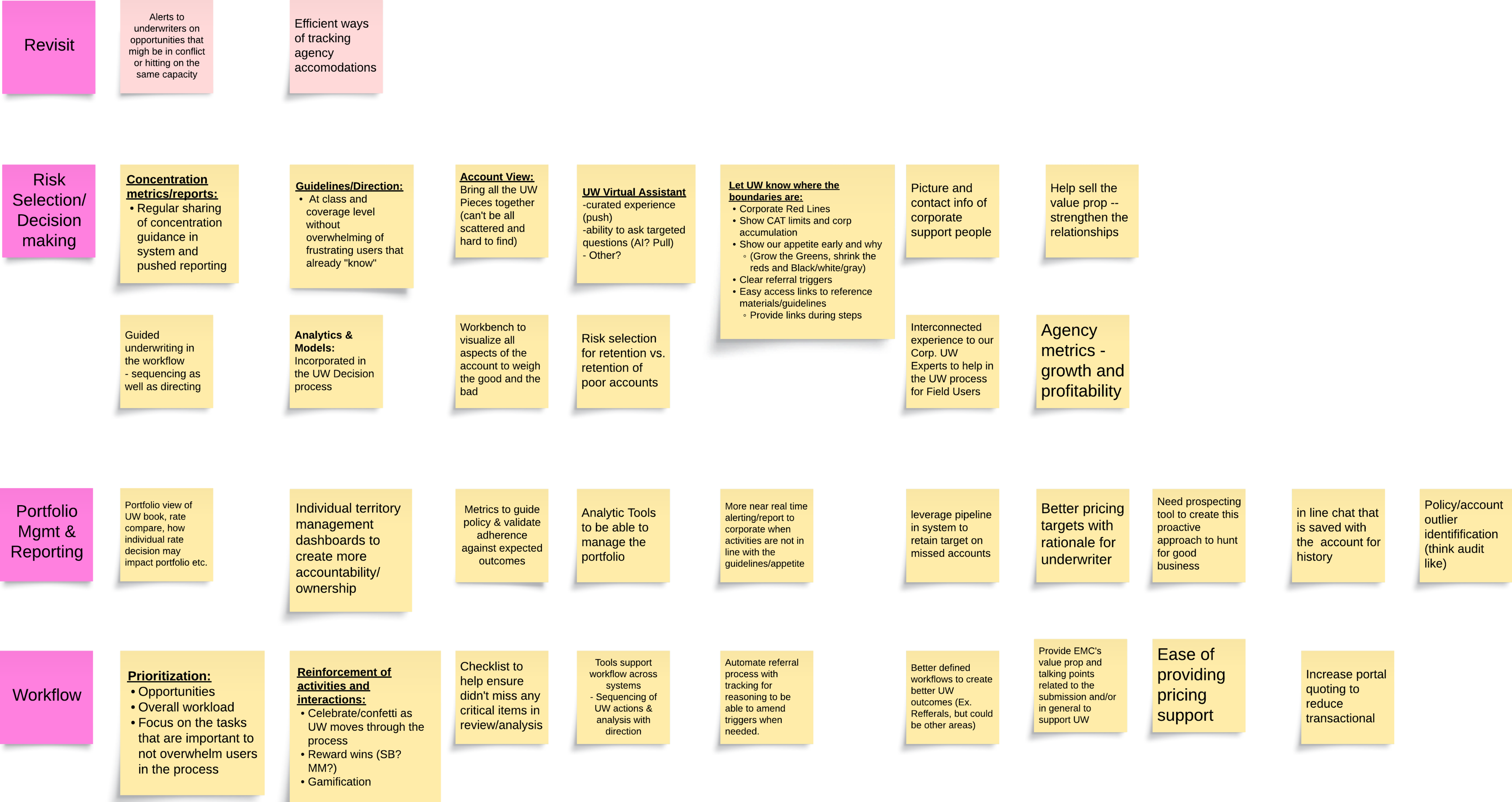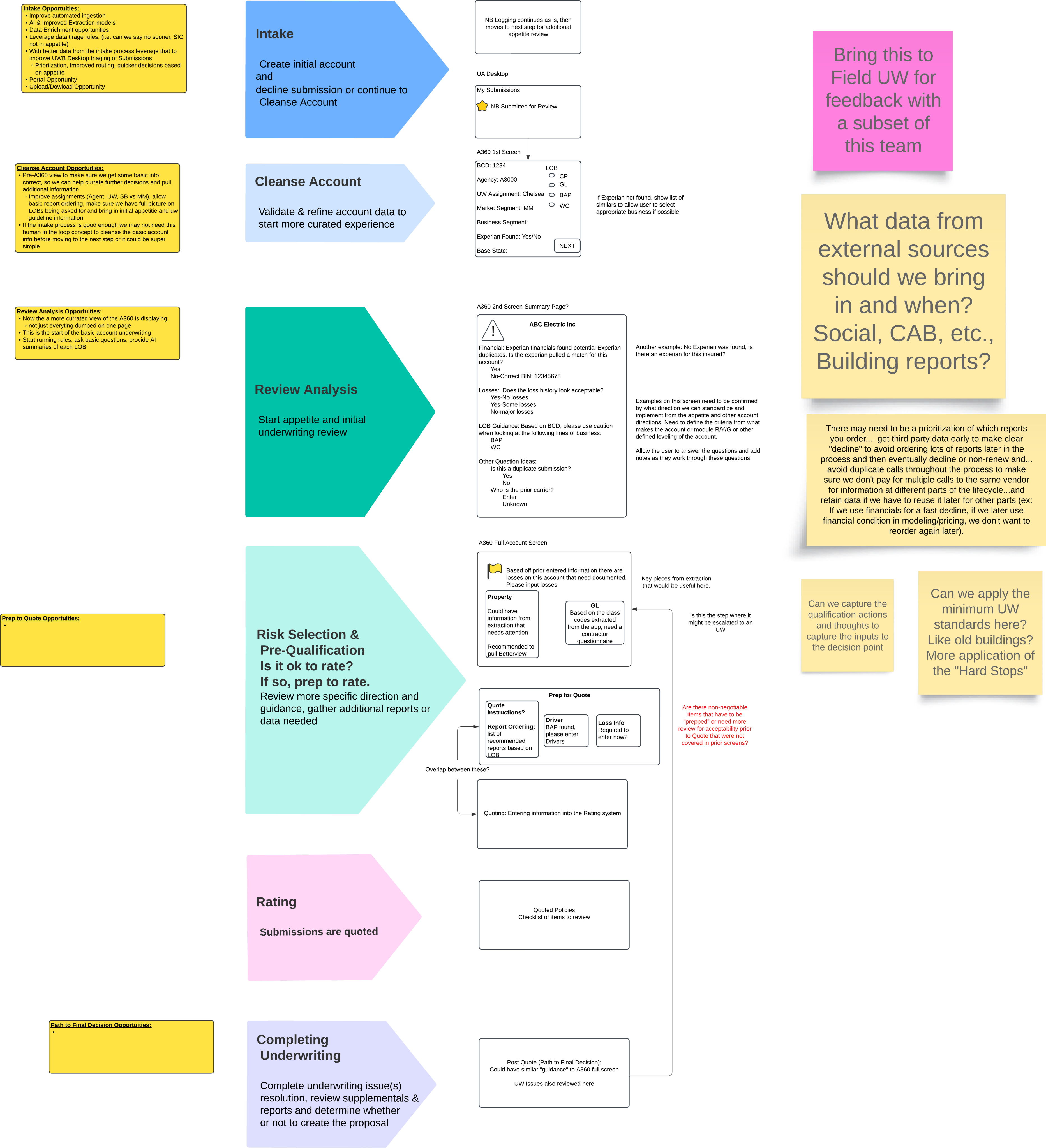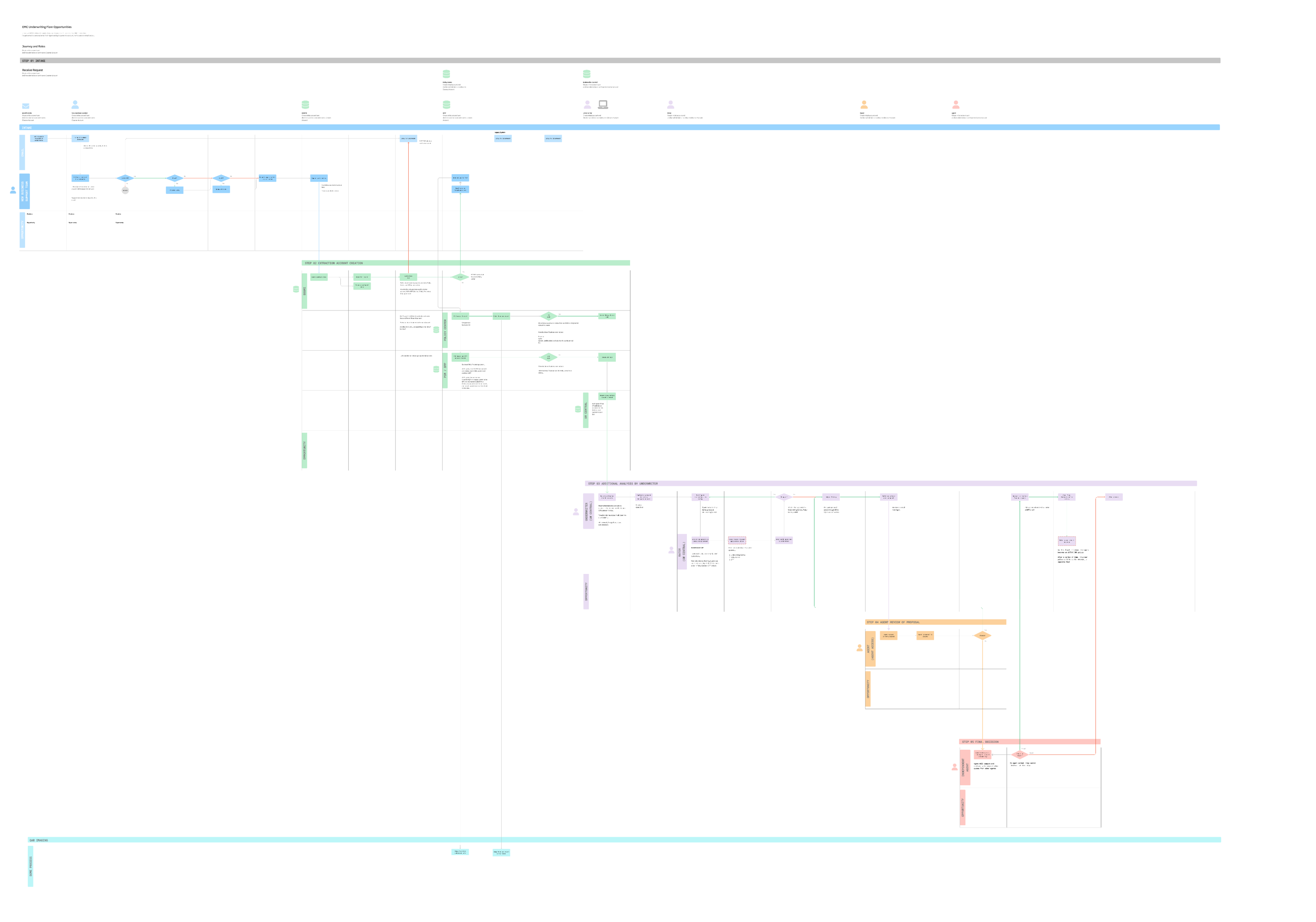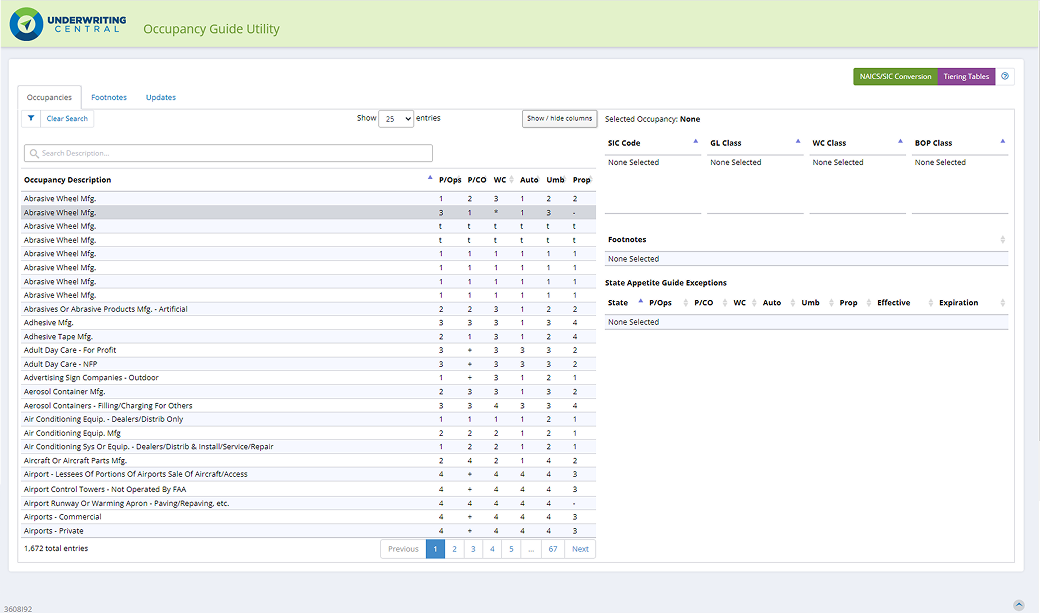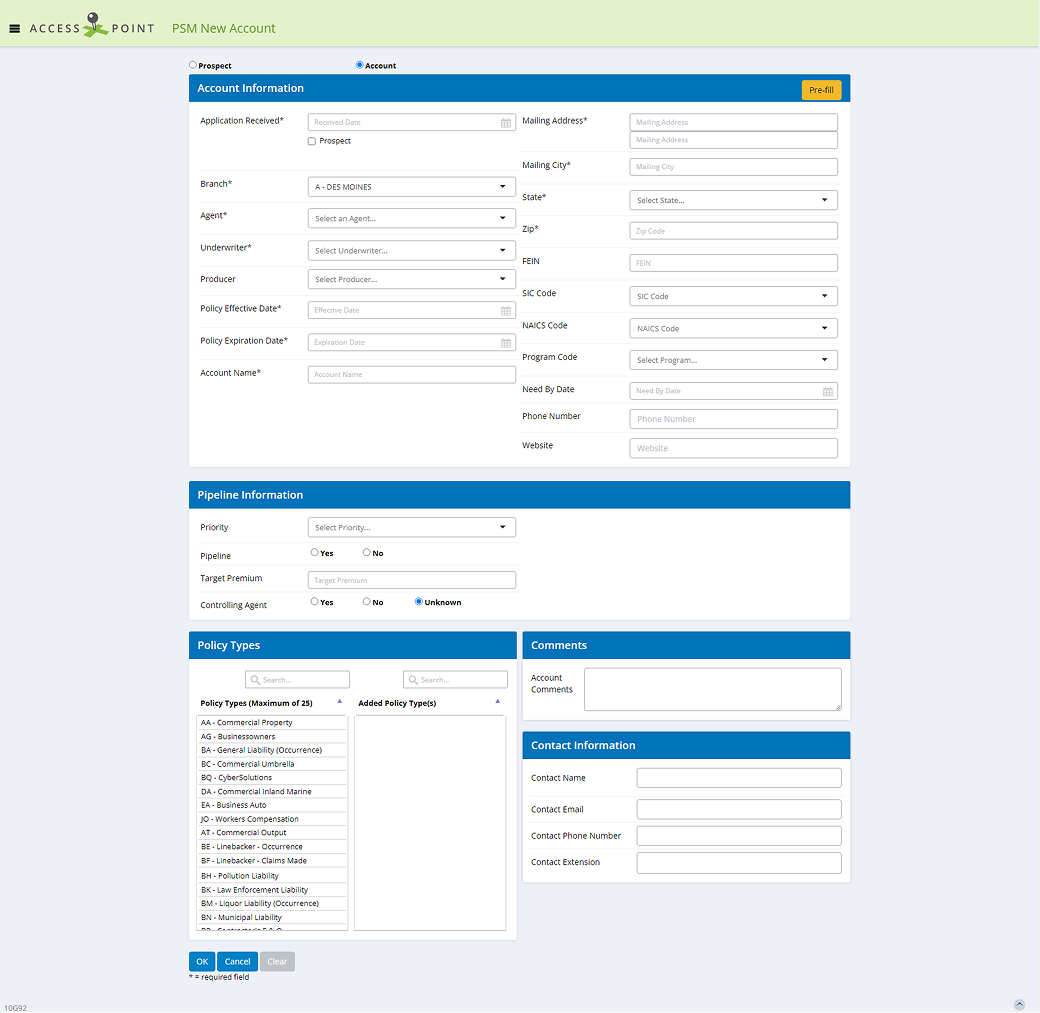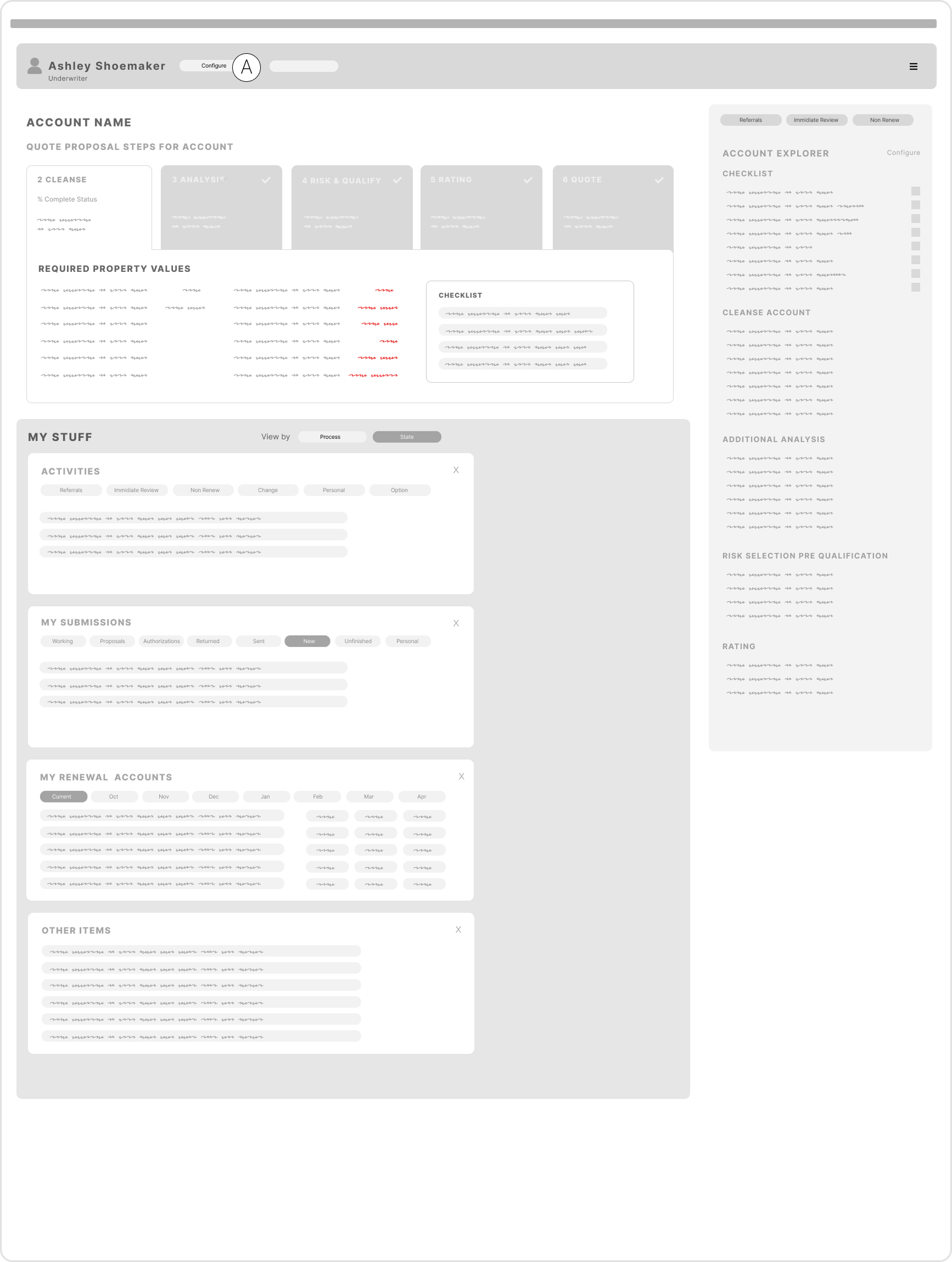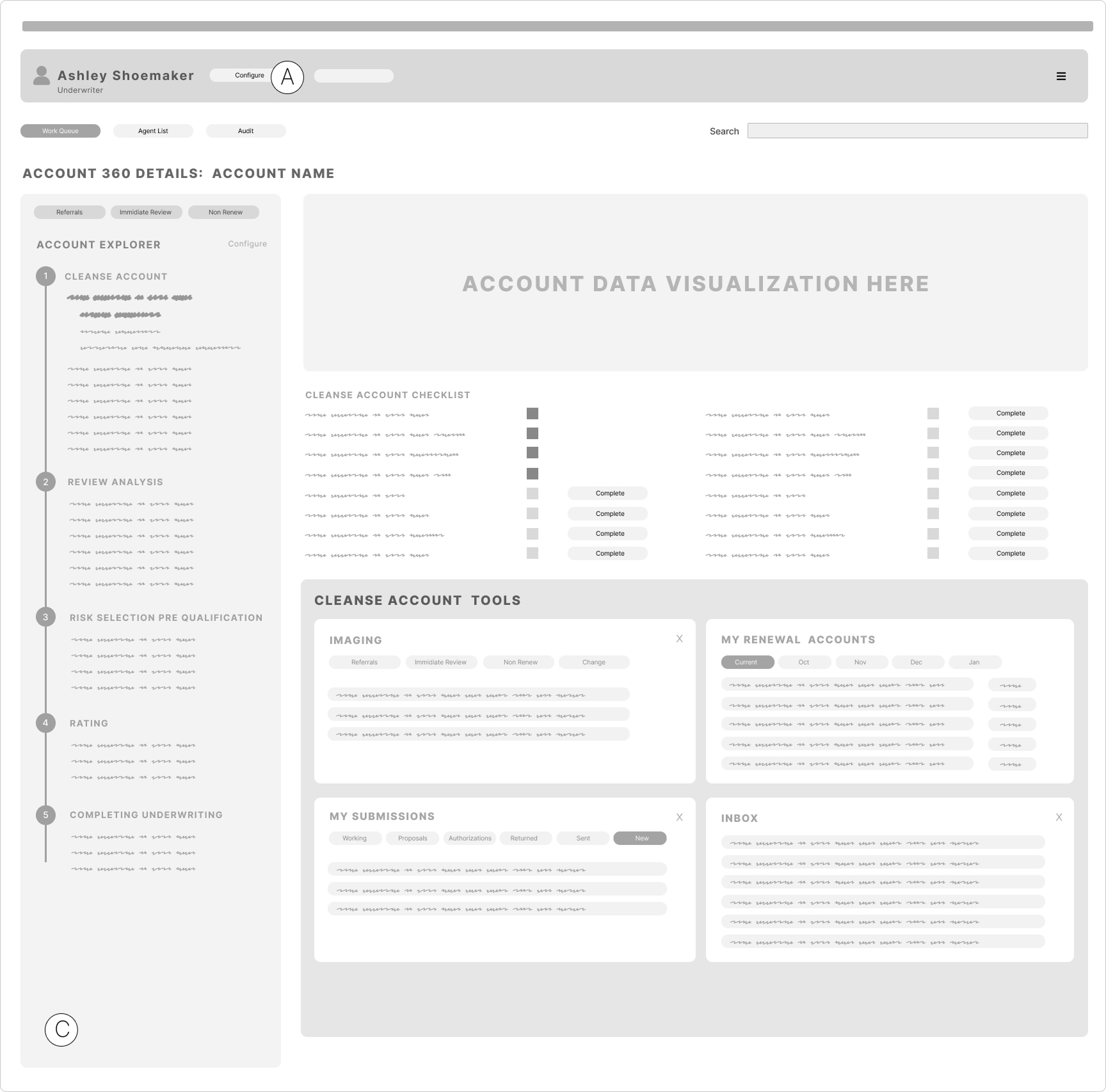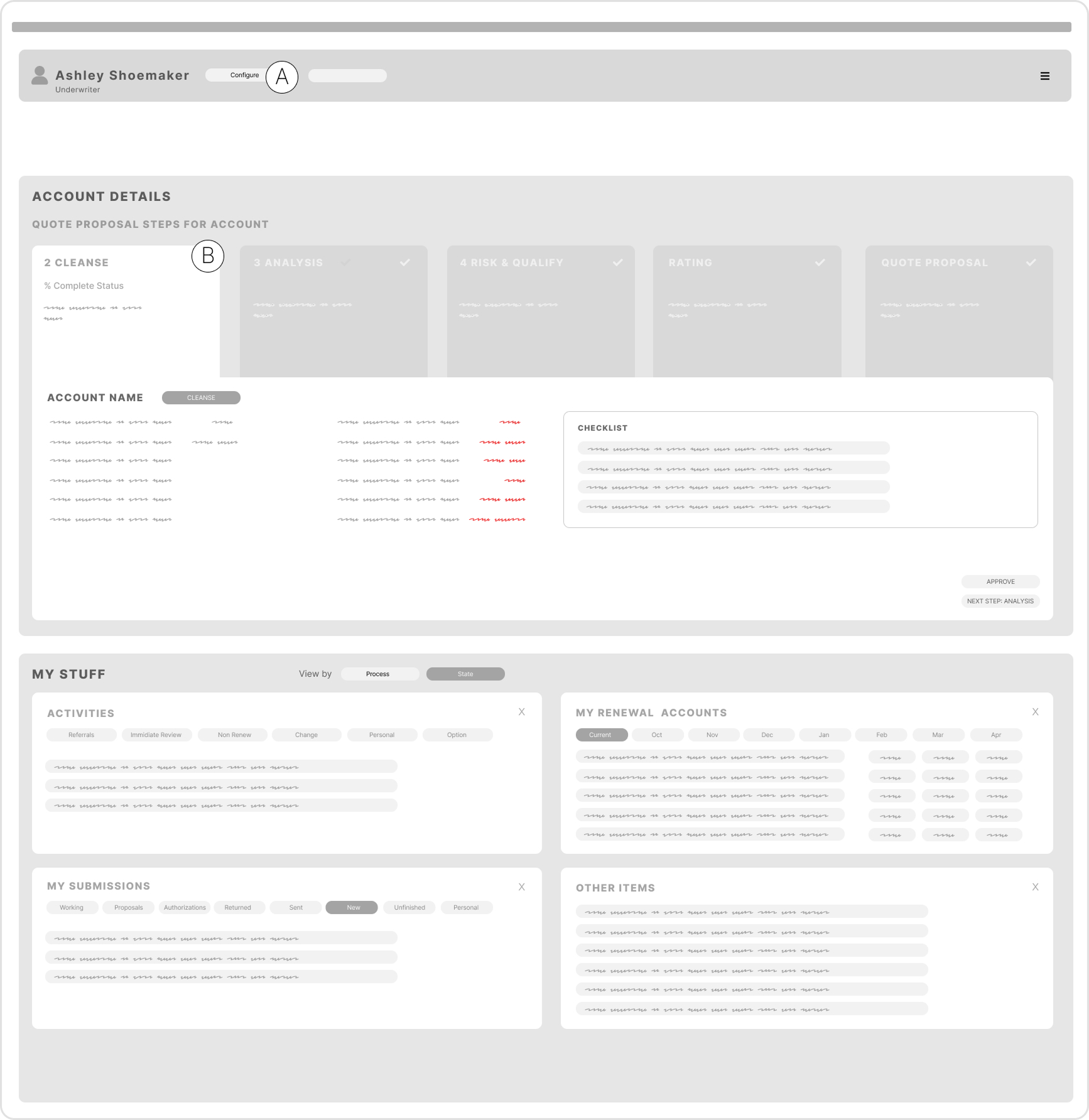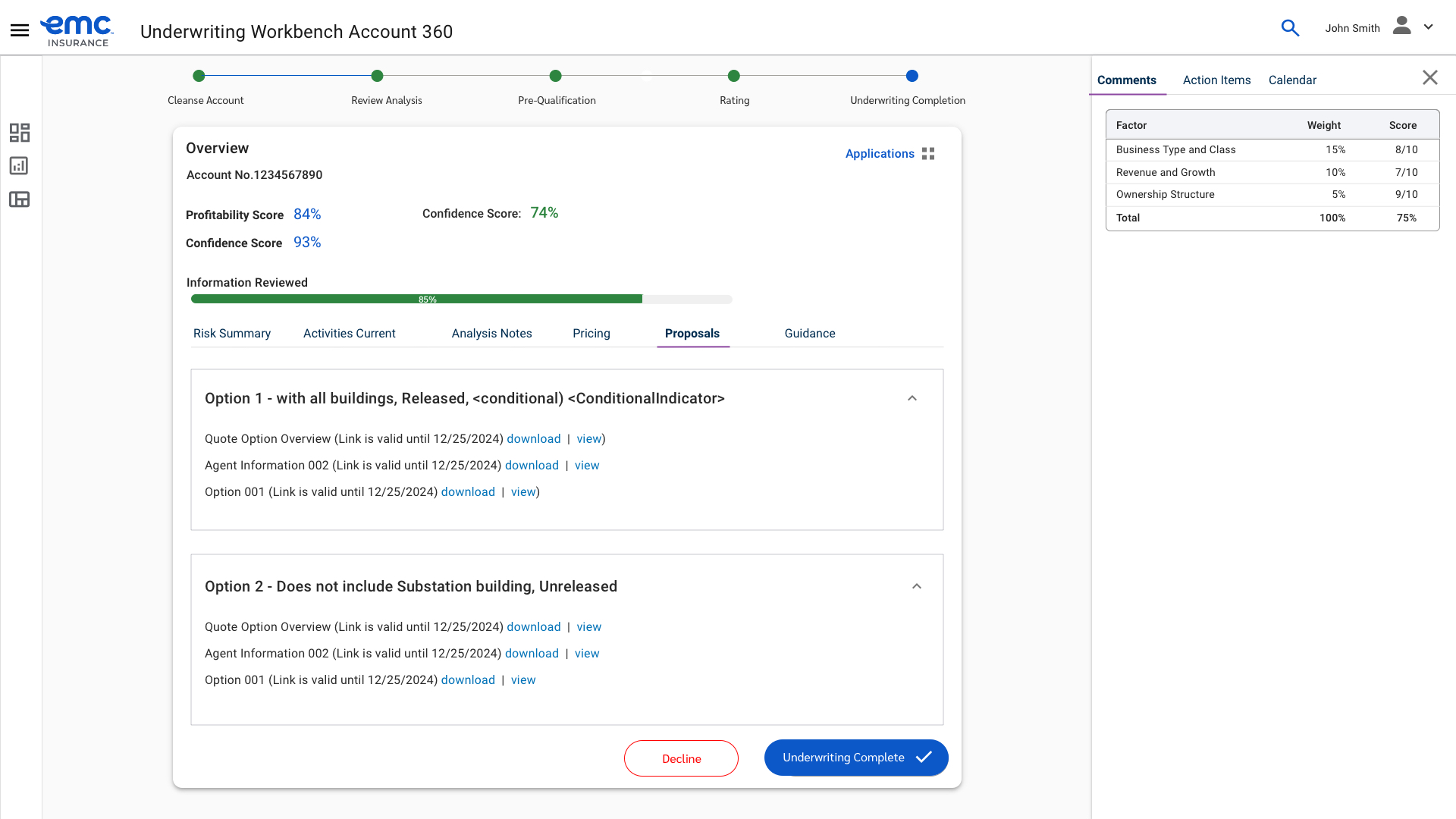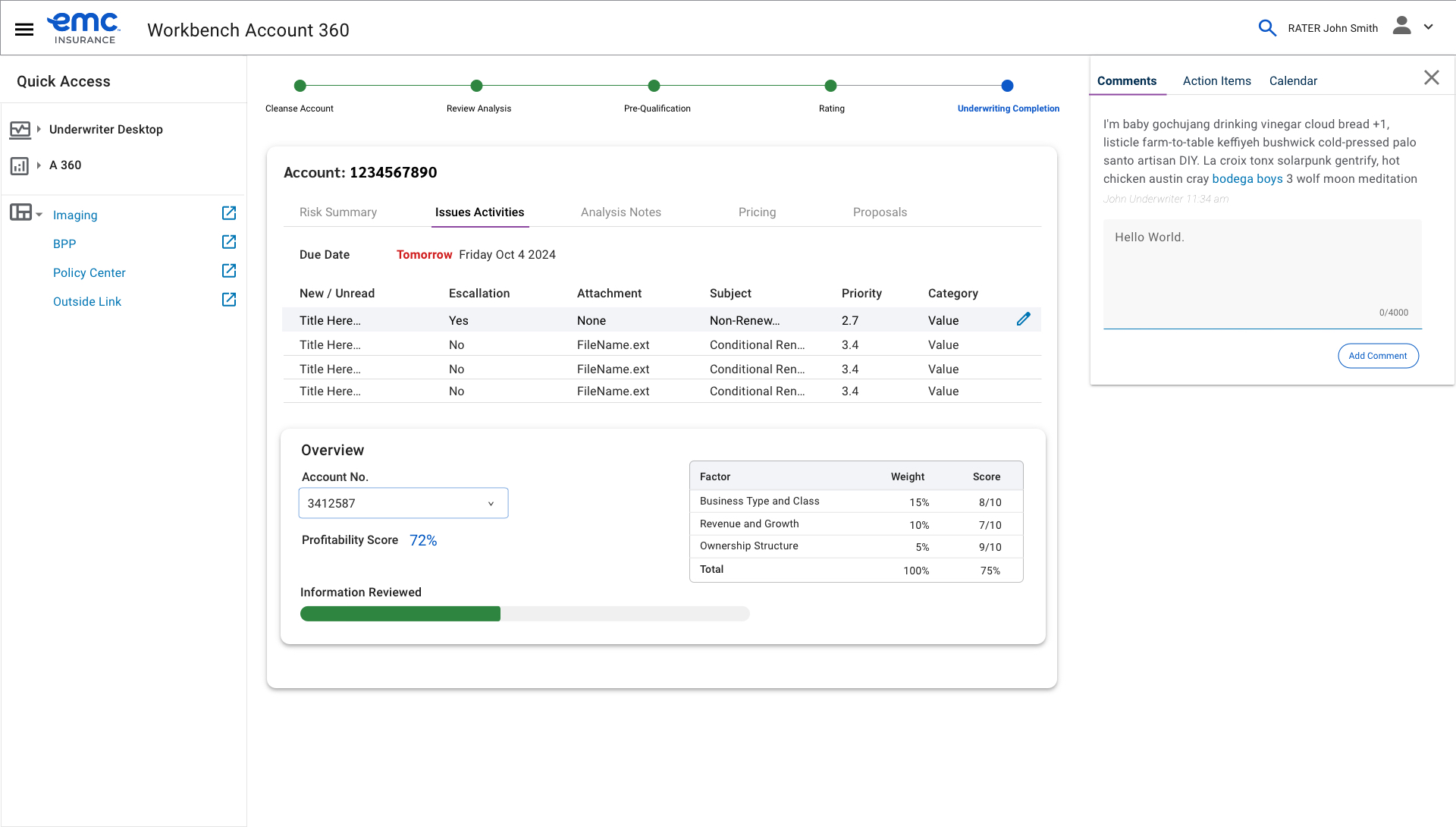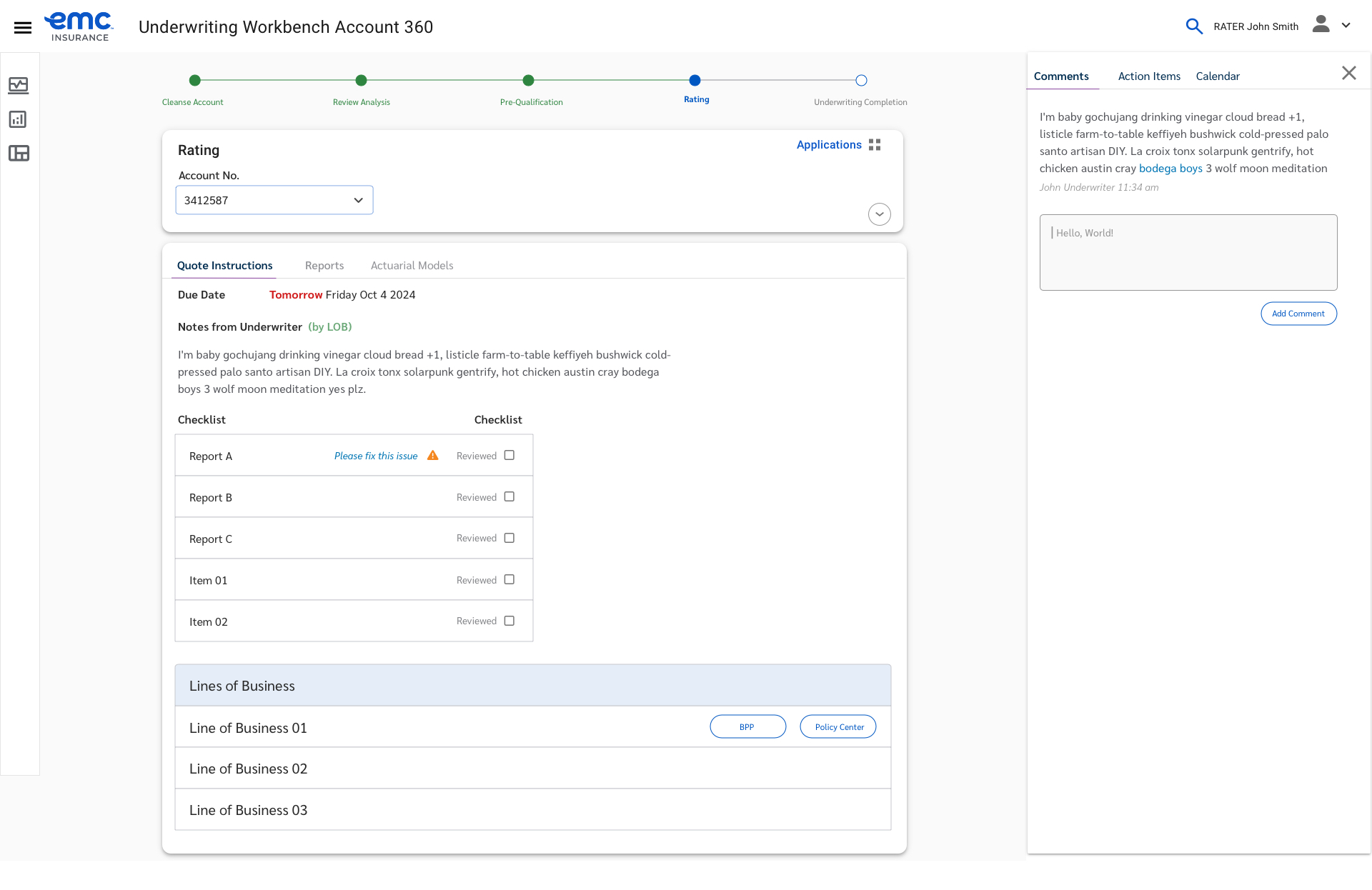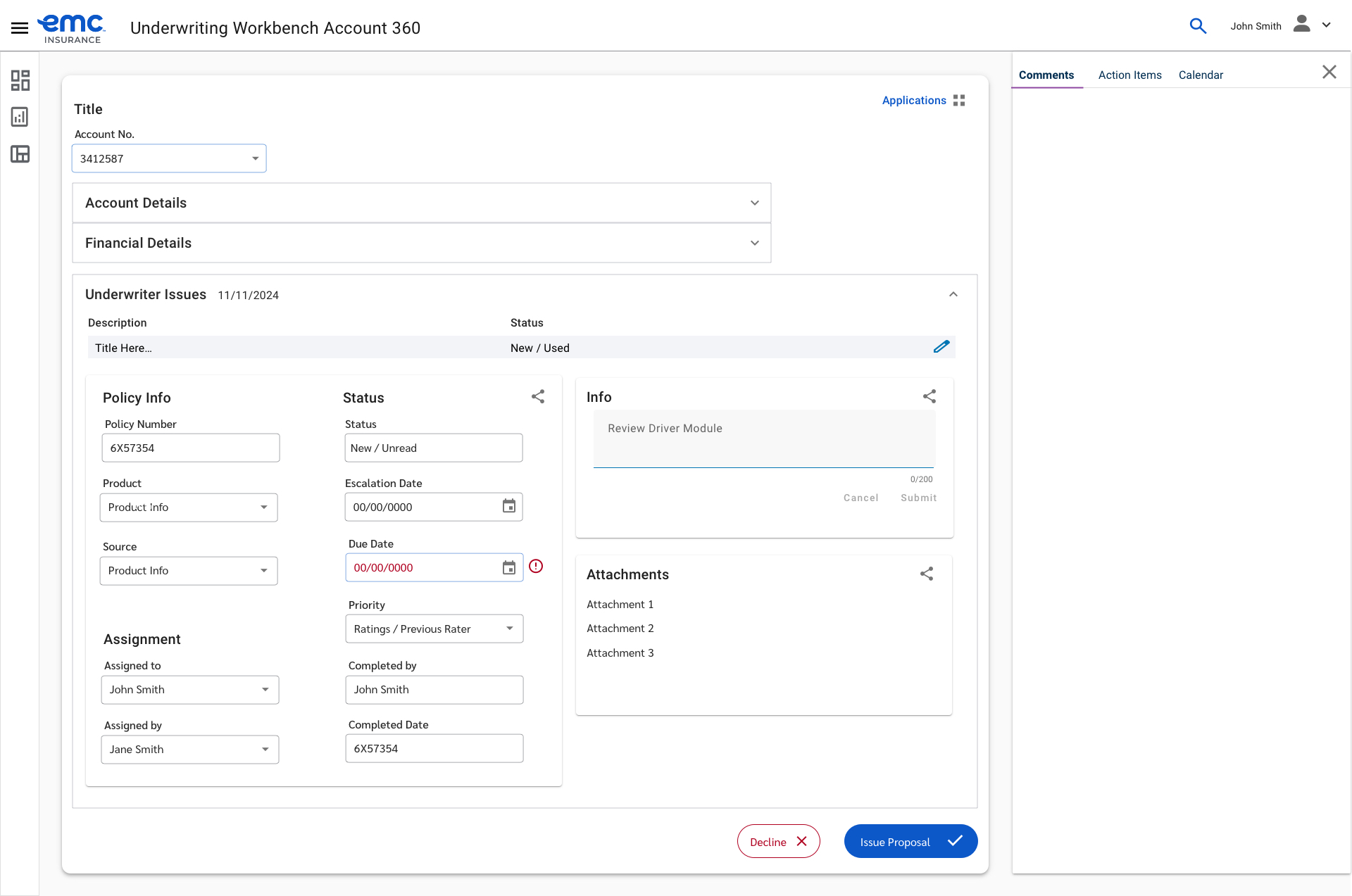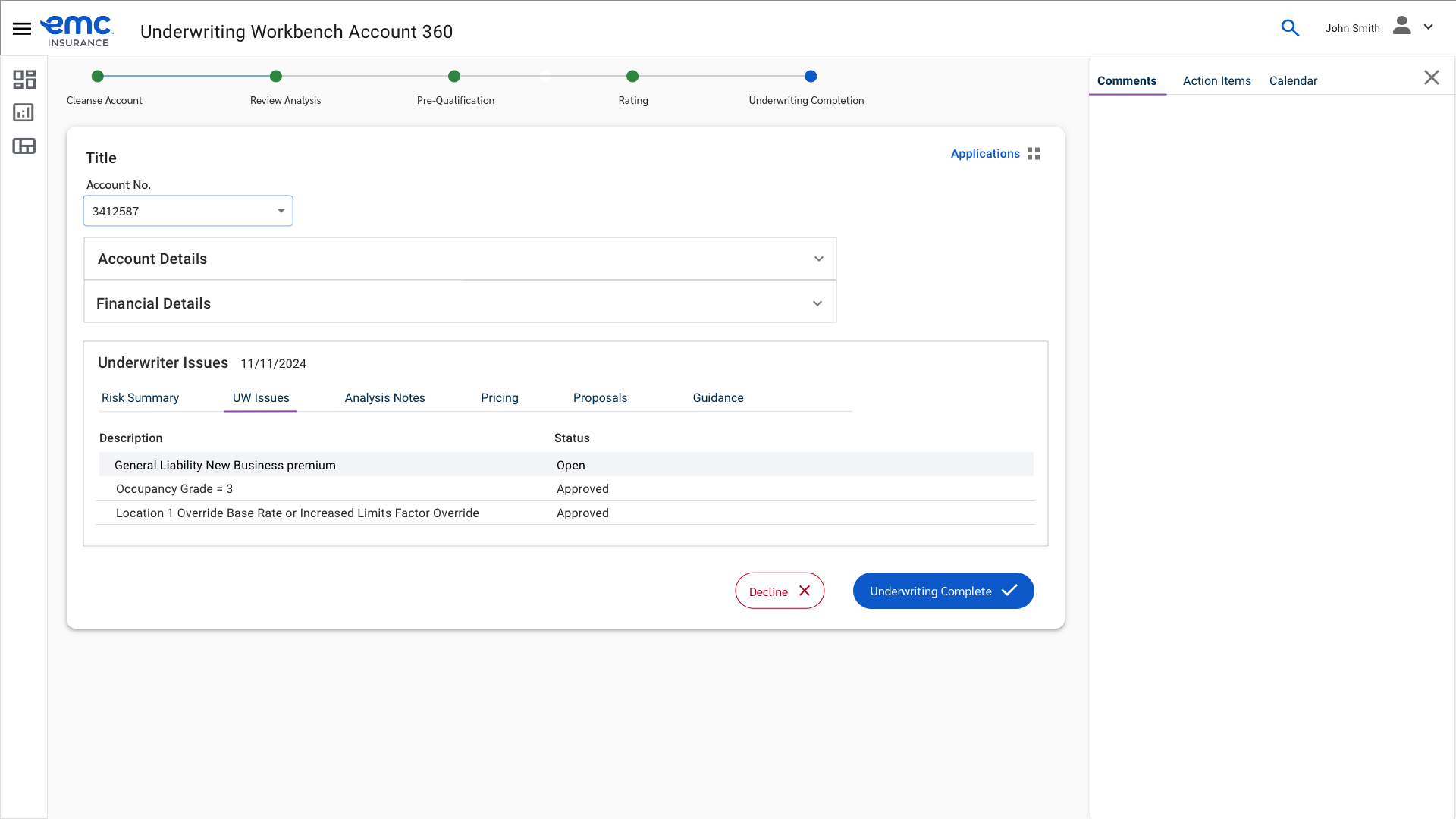Project Overview
Remote
I partnered with EMC Insurance to modernize their underwriting platform, transforming a fragmented process into a scalable SaaS solution. The redesign aligned underwriting workflows with measurable business goals — reducing time to quote, lowering rejection risk, and unlocking revenue opportunities.
Project Tools
Figma
Sketch
Miro
Lucid Chart
Project Skills
Journey mapping
User Research
Opportunity definition
Prototyping
JTBD frameworks
Project Team
Lead Designer
Lead Designer
Product Owner
.png)
